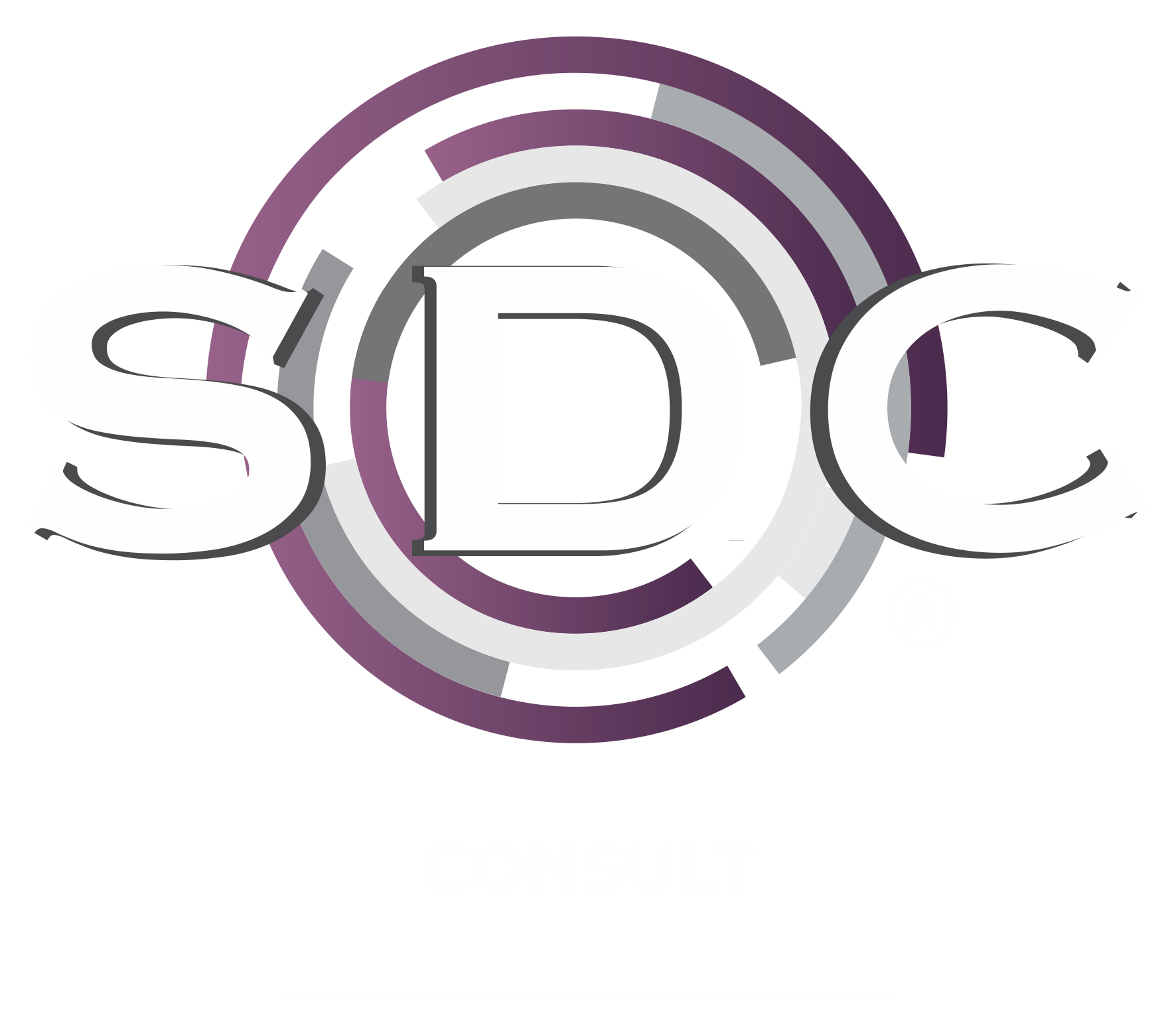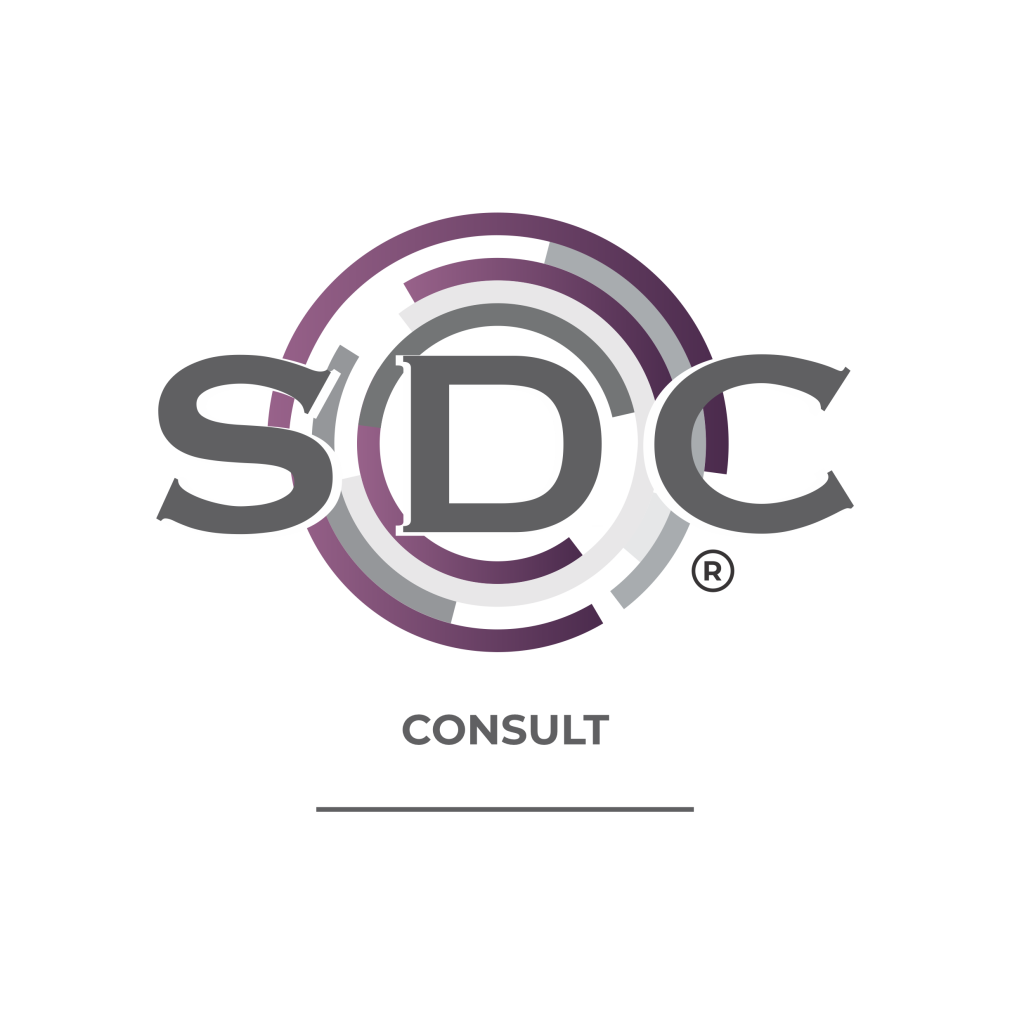
-
SDC Consult > Short Courses > Excel Spreadsheet Training
Excel Spreadsheet Training
Certification:
Received upon successful completion of the course.


Excel Spreadsheet Training
Excel spreadsheet training refers to instruction and education on how to use Microsoft Excel, a widely used spreadsheet application, effectively and efficiently. Microsoft Excel is a powerful tool for data analysis, calculation, reporting, and organizing information in a structured manner. Excel training can vary in complexity, ranging from basic skills for beginners to advanced techniques for more experienced users.
Excel is a versatile tool used in a wide range of industries for tasks such as financial analysis, data reporting, project management, and more, so proficiency in Excel can be a valuable skill in many workplaces.

Course Index
- Getting started with Microsoft Excel
- Performing calculations
- Modifying a worksheet
- Formatting a worksheet
- Printing workbook contents
- Managing large workbooks
What can be learned.
Basic Navigation:
Beginners learn how to navigate the Excel interface, including the Ribbon, cells, rows, columns, and worksheets.
Data Entry:
Trainees are taught how to enter data into Excel, including text, numbers, dates, and formulas.
Formatting:
This includes formatting cells, text, and numbers, including font styles, cell borders, cell shading, and alignment.
Formulas and Functions:
Excel is known for its powerful calculation capabilities. Training covers basic mathematical functions (e.g., addition, subtraction), as well as more advanced functions (e.g., SUM, AVERAGE, VLOOKUP, IF, COUNTIF) used for data analysis and manipulation.
Charts and Graphs:
Trainees learn how to create charts and graphs to visually represent data, such as bar charts, line graphs, and pie charts.
Data Management:
Topics include sorting data, filtering data, and using data validation to control data input.
Cell References:
Understanding relative, absolute, and mixed cell references is essential for creating complex formulas and working with large datasets.
PivotTables:
PivotTables are used for summarizing and analysing large datasets. Training often covers how to create and customize PivotTables.
Data Analysis Tools:
More advanced training may include the use of Excel’s data analysis tools, such as Goal Seek, Solver, and Scenario Manager.
Data Visualization:
Beyond charts and graphs, trainees may learn about advanced data visualization techniques, such as conditional formatting and sparklines.
Macros and Automation:
Advanced users may explore Excel’s macro programming language, VBA (Visual Basic for Applications), to automate repetitive tasks.
Collaboration:
Training covers collaboration features, including sharing workbooks, tracking changes, and working in a multi-user environment.
Available Platforms:
- Face-to-face at one of our training venues.
- Online via Microsoft Teams.
Check-in time is at 8:15, introduction starts at 08:30 to 09:00am
Course Includes:
Tea, coffee, cookies, 2 sweets, water, pen, manual and a light snack for lunch. The courses usually end around 13:00 depending on the size of the company as well as the number of questions during the course.
Break Times:
There will be a break at 10:30 that includes tea, coffee, and a muffin. The course will commence at 11:00 to 13:00.
